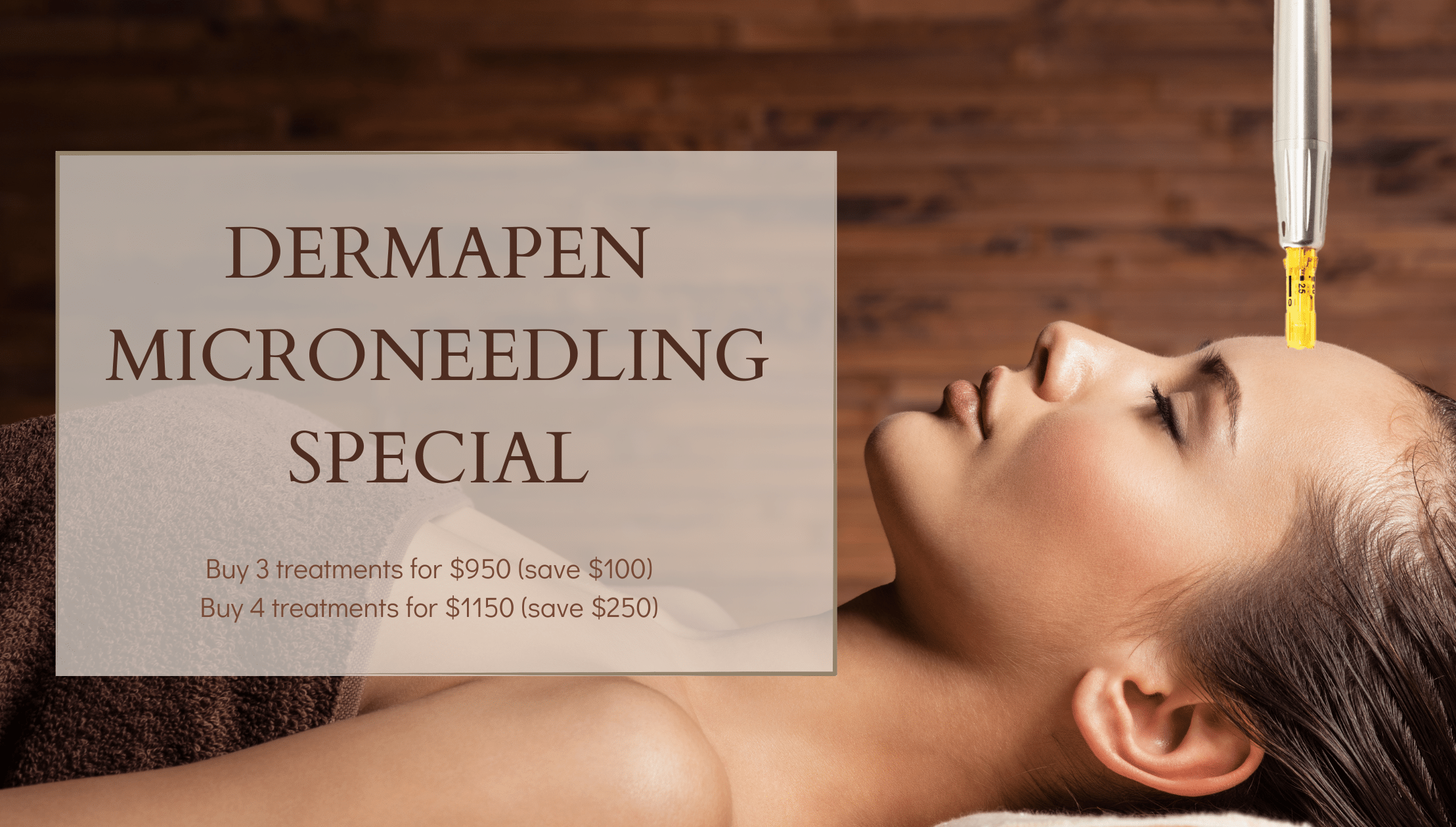Most of us have a love-hate relationship with the natural aging process. On one hand, we love it because it gives us a wealth of knowledge, experience, memories, opportunities, perspectives, and relationships.
On the other hand, many of us are less thrilled about what it does to our skin. Wrinkles, fine lines, sagging, loss of volume… and those are just the changes we can see.
While these are things to expect as we get older, they may not be easy to accept, especially if you aren’t sure of your options for treating them.
Exploring Your Wrinkle Treatment Options in Lutz, FL
Wrinkles come in a variety of shapes, sizes and types. In the aesthetic world, we group them into one of two categories:
- Dynamic wrinkles are caused by the many unique facial expressions we make on a day-to-day basis. They grow deeper and deeper the more we smile, squint, frown, laugh, talk, and chew.
- Static wrinkles are caused by a lack of collagen and elastin in our skin. This is a direct result of the aging process, which gradually diminishes the proteins that give skin its strength, elasticity, and flexibility.
There’s no hiding from dynamic or static wrinkles forever. Eventually, the natural aging process will take effect, and we’ll start to see the signs of it in our skin. But while we can’t hide from them, we have many effective options for softening them.
Two of our most popular wrinkle treatments are neuromodulators and dermal fillers.
Neuromodulators: Relaxing Wrinkles With Botox
Neuromodulators are a class of substances that temporarily relax facial muscles responsible for wrinkles and fine lines. Products in this category work by blocking chemical signals from nerves that cause those muscles to contract.
Botox is without a doubt the most popular brand of neuromodulator, but it is not the only one. Other top brands include Dysport, Jeuveau, Xeomin and Daxxify.
Treatments with neuromodulators are known for their versatility and convenience. They have many applications, both cosmetic and medical. The procedure only takes about 15 minutes, and once the results set in, they last three to four months on average.
Dermal Fillers: Adding Volume Where It’s Needed the Most
Dermal fillers are a class of gel-like substances that restore volume in the face and reduce the appearance of wrinkles and fine lines. Where Botox relaxes the facial muscles that cause wrinkles, dermal fillers simply fill those wrinkles in.
There are several different types of dermal fillers, but the most popular ones are made of hyaluronic acid, a naturally occurring substance that you might recognize from some of your favorite skincare products. It can bind up to 1,000 times its weight in water, which helps keep the skin hydrated and plump.
At Phoenix Medspa, we use the JUVÉDERM family of hyaluronic acid fillers with six formulas – VOLUMA® XC, VOLLURE® XC, ULTRA PLUS XC, VOLBELLA® XC, ULTRA XC, and VOLUX® XC.
Neuromodulators vs. Fillers: Which One Is Right for You?
Both neuromodulators and dermal fillers can help you achieve a younger-looking appearance, but they’re two completely different treatments designed for two completely different people. Our team will help you determine which one is best, but here’s a summary of what we’ve learned today:
Key Ingredients
Botox is a neuromodulator made from a purified protein administered into muscles, while JUVÉDERM is a dermal filler that injects hyaluronic acid (HA) into areas of the face lacking volume.
Method of Use
Both Botox and JUVÉDERM are minimally-invasive cosmetic procedures. The injector uses a needle (or, in some cases, a blunt-tipped cannula) to administer the product into the treatment area.
Treatment Area
Botox is used to treat dynamic wrinkles, which are commonly found in the upper region of the face (forehead lines, frown lines, and crow’s feet). Fillers are intended for static wrinkles, which often develop in the lower face (marionette lines, nasolabial folds).
Procedure
The procedure is similar for both Botox and JUVÉDERM. The session typically takes 15-30 minutes, though the exact time will vary from one patient to the next. Discomfort and downtime are minimal.
Results
Botox results can start becoming visible within a few days and develop fully by two weeks. Dermal fillers act much more quickly, producing immediate results upon injection. JUVÉDERM results last six 18 months, while Botox results last three to four months.
Combining Neuromodulators and Dermal Fillers for Optimal Results
Since Botox and JUVÉDERM treat different types of wrinkles and different areas of the face, many people benefit from including both procedures in the same appointment. This is a convenient, low-downtime way to achieve comprehensive facial rejuvenation.
When used together, neuromodulators and fillers complement each other beautifully. Botox can soften the upper face while fillers restore volume and contour to the mid and lower face. Taking a combination approach can help you achieve improvements that look balanced and natural, not overdone.
Don’t worry about knowing what you need or want before you come in — Dr. Morales will help you figure out what’s best for you.
Phoenix Medspa: Say Goodbye to Those Pesky Wrinkles
Do you wish you could turn back the clock on the natural aging process? Are your wrinkles appearing earlier than initially expected?
At Phoenix Medspa, our goal is to provide exceptional service and a welcoming experience for patients of all skin types and colors. Our goal is to help you look and feel more refreshed and youthful, while retaining what makes you unique and beautiful.
Whether you’re already convinced that Botox and JUVÉDERM are right for you, or your would like to learn more about the benefits that come with each, contact us today at 813-776-1779.


